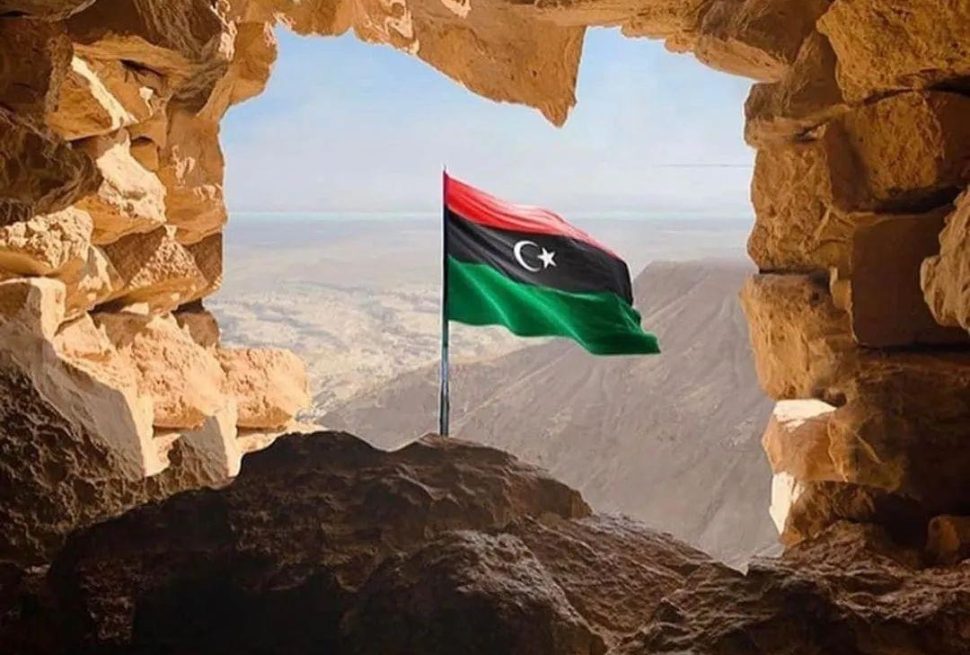Why Europeans Should Visit Libya
Libya is a destination that blends Mediterranean charm with Sahara adventure, offering a rich historical tapestry, stunning coastal views, and vast desert landscapes. From ancient Roman cities like Leptis Magna and Sabratha to the timeless beauty of desert oases and the Acacus Mountains, the country provides a unique travel experience unlike anywhere else in North Africa.
For European travelers, understanding the best routes, visa requirements, and transport options ensures a smooth journey. With proper planning, you can explore Libya safely, comfortably, and fully immersed in its culture. IntoLibya provides expert guidance, taking care of every detail so you can focus on discovery and adventure.
Main Entry Points from Europe
Tripoli, the capital, serves as Libya’s primary international gateway. Mitiga International Airport handles most flights from Europe, offering convenient access to the country’s cultural and historical hubs.
Other entry points include Benghazi and Misrata, which are suitable depending on your planned itinerary. Choosing the right arrival city can save time and provide quicker access to the sites you want to explore.
Common Flight Routes
Several popular routes connect European travelers to Libya efficiently:
Via Istanbul with Turkish Airlines: Frequent direct flights link Istanbul to Tripoli, providing a convenient transit option from many European cities.
Via Tunis with Libya Wings: A short hop across the Mediterranean from Tunisia brings you to Libya’s coast, ideal for combining a Tunisian stopover with Libyan exploration.
Connecting Flights through Cairo or European Hubs: Cairo, Rome, Frankfurt, and other European airports offer connecting flights, making Libya accessible from multiple locations across the continent.
Planning flights in advance can help secure the best schedules and prices, particularly during peak tourist seasons from spring to autumn.
Visa Requirements for Europeans
European visitors must obtain a visa to enter Libya, with regulations designed to ensure safe and organized tourism.
Standard Tourist Visa: Approximately $150, allowing short-term visits for sightseeing.
All-Inclusive Travelers with IntoLibya: Visa fees are included in the tour package at no extra cost.
All visitors require sponsorship by a licensed tour operator, and IntoLibya handles this process automatically. This sponsorship guarantees legal entry, smooth customs clearance, and compliance with Libyan travel regulations.
Ensuring your visa is correctly processed before departure removes unnecessary stress and allows you to focus entirely on your Libyan adventure.
Travel Options Within Libya
Once inside Libya, traveling independently can be challenging due to limited public transport and security considerations. IntoLibya provides comprehensive transport solutions to ensure your journey is safe, efficient, and comfortable.
Airport Transfers
Upon arrival, professional drivers meet you at the airport, assisting with luggage and guiding you safely to your accommodations. This service is especially valuable for travelers unfamiliar with local regulations and logistics.
Transportation Between Destinations
Exploring Libya’s diverse landscapes requires reliable transportation:
- Coastal roads connect Tripoli, Sabratha, and Leptis Magna with ease.
- Desert expeditions include all-terrain vehicles to reach remote oases, dunes, and mountain trails.
- Mountain and inland journeys, such as Jebel Nafusa and Ghadames, are navigated with expert drivers familiar with local terrain.
All vehicles are fully licensed and equipped for safety, with experienced drivers ensuring smooth travel even across Libya’s challenging desert routes.
Explore Libya with Local Expertise
European travelers gain a unique advantage by traveling with local guides. IntoLibya’s team provides insider knowledge, opening doors to cultural experiences rarely accessible to independent tourists.
Hidden Desert Oases: Discover secluded spots like Um el Ma and Gaberoun, where pristine natural beauty and crystal-clear waters contrast with the vast Sahara.
Secret Cultural Sites: Experience off-the-beaten-path Roman and Phoenician ruins, ancient cave paintings in the Acacus Mountains, and historical sites that are often overlooked by mainstream tourism.
Authentic Local Experiences: Visit bustling souks, meet artisans, sample traditional Libyan cuisine, and interact with communities along the coast and in mountain villages. These encounters provide deeper insight into Libya’s rich cultural heritage.
Travelers benefit from the combination of historical knowledge, cultural context, and practical logistics, ensuring every journey is enriching and immersive.
All-Inclusive Packages: Travel Made Easy
IntoLibya offers all-inclusive packages designed to remove common travel challenges and create a seamless experience. Services typically include:
- Visa processing at no additional cost
- Comfortable accommodation in historic and scenic locations
- Guided tours led by expert local historians and archaeologists
- Transportation between destinations in secure vehicles
- Tourist police escorts and local support for added safety
With all details handled professionally, travelers can focus entirely on exploring Libya’s wonders without concern for logistics or safety.
Recommended Itineraries from Europe
Depending on your interests, IntoLibya can tailor itineraries that highlight Libya’s most impressive sites. For example:
Historical Coastal Route: Tripoli → Leptis Magna → Sabratha → Ghadames
Desert Adventure Route: Tripoli → Sabha → Acacus Mountains → Gaberoun and Um el Ma Oases
Cultural Exploration: Tripoli → Jebel Nafusa → Ghadames → Coastal Markets
Each route combines transportation, accommodations, meals, and guided tours, ensuring maximum comfort and cultural immersion.
Practical Travel Tips
Best Time to Visit: Spring (March to May) and autumn (September to November) offer mild temperatures, clear skies, and ideal photography conditions. Summer can be very hot, especially in desert regions.
Health and Safety: Carry sun protection, stay hydrated, and follow local guidance. Traveling with experienced guides significantly reduces risk and improves the overall experience.
Clothing: Modest attire is recommended, particularly in rural and religious areas. Comfortable walking shoes are essential for exploring ruins, markets, and natural landscapes.
Currency: The Libyan Dinar is used widely, and cash is preferred in most locations. ATMs can be unreliable, making cash management an important consideration.
Safety and Responsible Travel
Libya requires careful planning for international visitors. IntoLibya ensures security through trusted local contacts, licensed vehicles, and knowledgeable guides. Respecting fragile archaeological sites, local customs, and cultural norms is critical for responsible tourism.
European travelers who follow these guidelines can explore Libya confidently, gaining access to historical treasures and authentic experiences while supporting local communities.
Why Travel from Europe to Libya
Visiting Libya offers a rare combination of Mediterranean scenery, Roman history, desert adventures, and vibrant local culture. European travelers who make the journey are rewarded with:
- Uncrowded historical sites with UNESCO World Heritage recognition
- Unique desert landscapes, from vast dunes to hidden oases
- Authentic cultural encounters and local hospitality
- Opportunities for photography, adventure, and immersive learning
With IntoLibya managing logistics, visas, accommodations, and guides, travel from Europe becomes straightforward, safe, and deeply rewarding.
Explore Sabratha with IntoLibya
Step into the Roman world on the Mediterranean coast with IntoLibya’s guided tours. We combine Sabratha with Tripoli, Leptis Magna, Ghadames, and the Sahara Desert to provide a complete Libyan journey.
Follow us for daily inspiration, travel stories, and photographs:
👉 IntoLibya on Instagram




